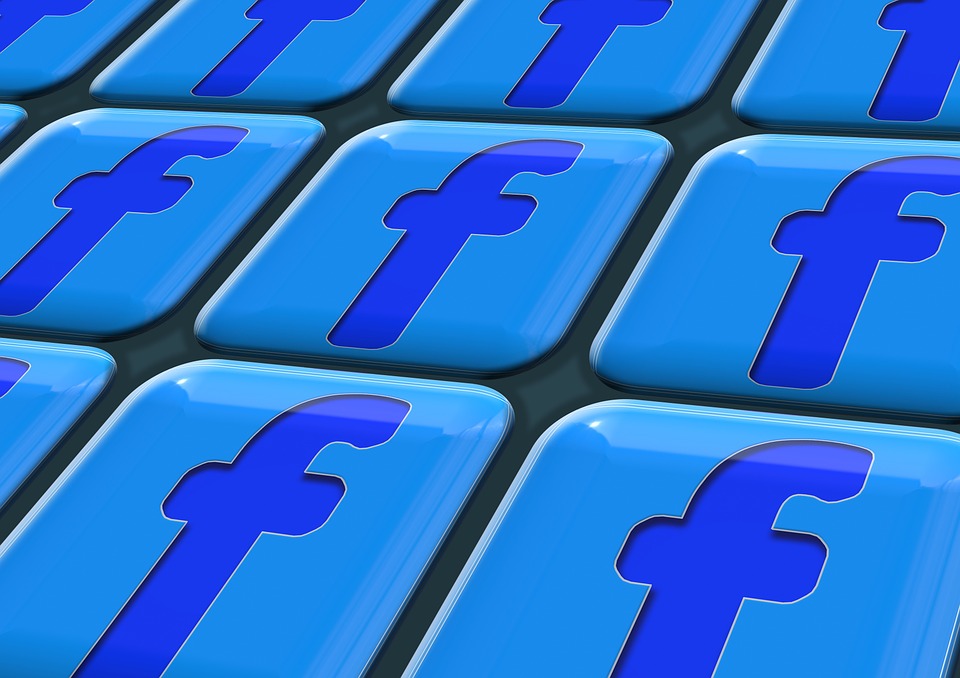 February 11 marked an all-time low for Twitter’s share price ($14.31), after plummeting by more than 11% on the previous day in response to its announcement that active user numbers had declined in the fourth quarter. Indeed, the quarter has been disastrous for Twitter, which has seen its value halved. Moreover, the social media site has also projected that it will make between $595m and $610m in the first quarter of 2016 – well below analyst forecasts.
February 11 marked an all-time low for Twitter’s share price ($14.31), after plummeting by more than 11% on the previous day in response to its announcement that active user numbers had declined in the fourth quarter. Indeed, the quarter has been disastrous for Twitter, which has seen its value halved. Moreover, the social media site has also projected that it will make between $595m and $610m in the first quarter of 2016 – well below analyst forecasts.
LinkedIn, similarly, has experienced a painful 2016 thus far on the back revenue forecasts, falling short of expectations. Shares plummeted by over 40% on February 5 to a 3-year low of $110.01, wiping out $11bn of market value in the process. Investors are particularly concerned about LinkedIn’s future, after company executives forecast adjusted profit in 2016 of 55 cents per share for the first quarter, below the average analyst estimate of 74 cents, according to Thomson Reuters.
The story has been almost entirely different for Facebook, which on January 28 saw its share price surge by 15.5% after its quarterly results came in significantly above expectations. Shares closed at $109.11 before climbing to an all-time high of $115.09 on February 1 (although they have since fallen below $110 again). In the process, Facebook market capitalization of $308.6 billion overtook Amazon.com ($296 billion) to become the fourth most-valuable technology company.
Much of Facebook’s success has been due to its ability to monetize mobile advertising on its site, a feature which has not been exploited by its competitors. Facebook’s mobile ad revenue hit $4.5 billion during the fourth quarter. That was up 81% from the prior year and represented 80% of total ad revenue, sizeably more than the 69% posted a year earlier. According to RBC Capital Markets analyst Mark Mahaney, mobile ad revenue is now showing “significant growth and becoming a material part of the overall ad revenue mix.” Jefferies analysts, meanwhile, stated that “Facebook has built a remarkable ad platform that enables marketers of all stripes to serve targeted ads to nearly every consumer on the planet.” LinkedIn, in contrast, saw online ad revenue growth slowing to 20% in the fourth quarter from 56% in the previous year.
Both LinkedIn and Twitter have shed more than 60% of their value in the past year. Worse yet, many analysts still consider them both overvalued, in that they are simply not generating enough revenue; indeed, LinkedIn is currently operating at a loss. Much of the difference between their performance and that of Facebook is the generated revenue per head. While Facebook’s average revenue per employee is $1.4 million, Twitter and LinkedIn generate a mere $564,000 and $320,000 per head respectively. As such, Facebook looks set to extend its dominance in 2016, with Goldman Sachs recently stating that it is likely to “increase its share of digital ad spend as well as to help grow the overall category given its reach and effectiveness for advertisers.” Investors should do their own due diligence or hire a trusted advisor before committing capital to the fast changing social media segment.

